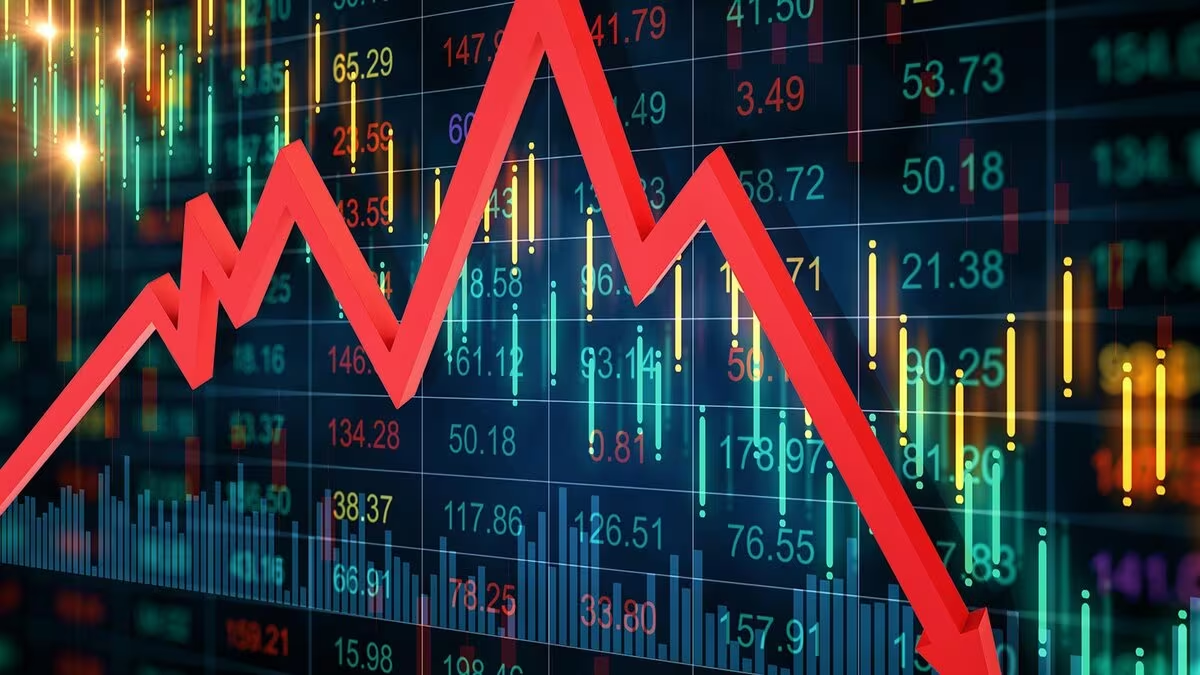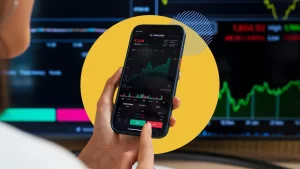
Let’s be honest. For a long time, the world of investing felt like a separate planet from the world of environmental activism. You either made money or you saved the planet, right? Well, that old binary is crumbling faster than a sandcastle at high tide.
Today, a powerful shift is underway. Climate-conscious traders aren’t just a niche group anymore; they’re a driving force. They’re proving that you can align your portfolio with your values without sacrificing returns. In fact, you might just be future-proofing it. This isn’t about feeling good—though that’s a nice bonus. It’s about smart, strategic capital allocation in a world that’s fundamentally changing.
Beyond the Buzzword: What Sustainable Investing Actually Means
Before we dive into the how, let’s clear up the what. “Sustainable investing” can sound vague, like corporate greenwashing. But at its core, it’s an umbrella term for a few key approaches. Think of them as different lenses for viewing your investments.
ESG Integration: The Three-Letter Acronym
You’ve probably seen ESG everywhere. It stands for Environmental, Social, and Governance. Honestly, it’s the backbone of most modern sustainable strategies.
- Environmental: How a company handles climate risk, resource use, pollution, and waste.
- Social: Labor practices, community relations, data privacy, and product safety.
- Governance: Corporate leadership, shareholder rights, executive pay, and anti-corruption policies.
Integrating ESG means you’re not just looking at a company’s profit and loss statement. You’re asking harder questions. How resilient is this oil company in a carbon-constrained world? Does this tech giant have a plan for its massive energy consumption? It’s about finding companies that are managed well for the long haul, because they’re managing all their risks.
Impact Investing: Putting Your Money to Work
If ESG is about avoiding the bad and favoring the better, impact investing is about actively seeking the good. Here, the intention is to generate a measurable, positive environmental impact alongside a financial return. You’re directly funding solutions.
We’re talking about companies developing breakthrough battery storage, creating sustainable agriculture tech, or building the infrastructure for a circular economy. The financial return might be similar to traditional markets, or it could be slightly concessionary—you’re accepting a potentially lower return for a greater demonstrable good. It’s a very direct, hands-on approach.
Actionable Strategies for Your Portfolio
Okay, theory is great. But how do you actually do this? Here are some concrete ways to build a climate-conscious trading strategy.
1. The Negative Screen: Just Say No
This is the oldest and simplest tactic. You simply exclude entire industries or companies that don’t align with your values. The classic “sin stocks”—fossil fuels, tobacco, weapons. For a climate-focused trader, this almost always means screening out companies with significant coal, oil, or gas reserves.
It’s straightforward, but it’s not always perfect. A utility company might be heavily invested in coal but also building the largest solar farm in the country. A simple screen might miss that nuance. Still, it’s a powerful starting point.
2. The Positive Tilt: Seeking the Champions
Instead of just avoiding the bad, why not actively overweight the good? This strategy involves seeking out companies that are leaders in their sector on environmental performance. Maybe it’s a car manufacturer that’s leading the EV charge, or a consumer goods company that has radically reduced its water footprint and packaging waste.
You’re essentially betting on innovation and efficiency. These companies are often better positioned for regulatory changes and, you know, the actual future.
3. Thematic Investing: Betting on a Trend
This is where it gets exciting. Thematic investing lets you target specific climate-related trends. It’s like looking at the horizon, identifying a massive wave, and positioning your surfboard to catch it.
Key themes right now include:
- Clean Energy: Solar, wind, green hydrogen.
- Energy Efficiency & Smart Grids: Companies making buildings and power distribution smarter.
- Sustainable Food & Water: Plant-based proteins, water purification tech, precision farming.
- Circular Economy: Recycling innovation, reusable packaging, materials science.
This can be done through individual stock picking or, more easily, through a growing number of focused ETFs.
A Real-World Look: Green ETFs vs. Traditional Funds
Let’s get practical. Most of us aren’t picking individual stocks all day. Exchange-Traded Funds (ETFs) are a trader’s best friend. Here’s a quick, simplified comparison to illustrate the portfolio shift.
| Feature | Traditional Energy ETF | Clean Energy ETF |
| Top Holdings | ExxonMobil, Chevron, Shell | Enphase Energy, Vestas Wind, Orsted |
| Core Focus | Fossil fuel extraction & refining | Renewable energy generation & tech |
| Primary Risk | Stranded assets, carbon pricing | Policy shifts, technological disruption |
| Growth Driver | Global oil & gas demand | Energy transition, cost parity |
See the difference? It’s not just a different set of companies; it’s a bet on an entirely different economic paradigm.
The Inevitable Hurdles & How to Leap Them
This path isn’t without its bumps. Greenwashing is the big one. How do you know a company’s sustainability report isn’t just a beautifully designed PDF full of hot air? You have to dig deeper. Look at third-party ratings from firms like MSCI or Sustainalytics. Check for scientific, data-backed targets, like commitments validated by the Science Based Targets initiative (SBTi).
Another challenge? Volatility. Some green tech stocks can be… well, wild. They’re often in emerging, capital-intensive industries. That’s why diversification within your sustainable portfolio is just as crucial as in a traditional one. Don’t put all your eggs in one solar basket.
The Final Tally: More Than Just a Feeling
So, does it pay off? The data is increasingly compelling. Numerous studies have shown that portfolios with strong ESG credentials have performed as well as, or even better than, their conventional counterparts over the long term. They often exhibit lower volatility, too. Why? Because companies that are proactive about environmental risk are simply better managed. They’re less likely to be hit with massive fines, reputational disasters, or… you know, become obsolete.
In the end, sustainable investing for the climate-conscious trader is a dual-pronged mission. It’s a financial strategy that seeks returns by betting on human ingenuity and resilience. And it’s a capital allocation strategy that quietly, steadily, funds the world you want to live in. The trade-off is fading into myth. The future, it turns out, isn’t a cost—it’s an opportunity.








